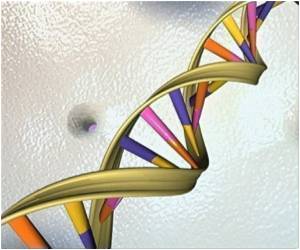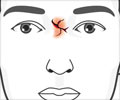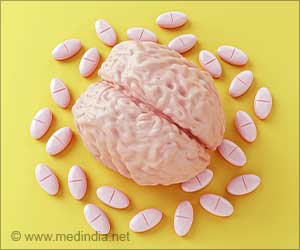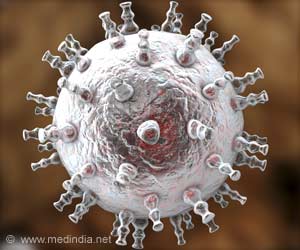By using fluorescent compounds and DNA, Stanford scientists have developed a new approach to building an artificial nose , which, according to them could accelerate

By sticking fluorescent compounds onto short strands of the molecules that form the backbone of DNA, the researchers have produced tiny sensor molecules that change colour when they detect certain substances.
The sensors were made using existing technology for synthesizing DNA, and are viewed with a fluorescence microscope.
The colour changes enable the new sensors to convey far more information than most other existing optical sensors, which typically just detect one specific molecule, said Eric Kool, professor of chemistry and senior author of the study.
"We were blown away by how strong the color changes were. One of the surprising findings was that we could tell the difference between four different organic vapours with just one sensor, because it would turn different colours with different vapours," said Kool.
The key to Kool's versatile sensor molecules lies in the structure of DNA, the famous double helix that encodes the genetic blueprint for life, often described as looking like a twisted ladder.
Advertisement
They used only a single helix, so the bases project out from a single twisted pole, ready to detect organic vapours.
Advertisement
The team then screened all the possible combinations for sensitivity to four different test substances - as vapours - that differed significantly in their structural and electronic properties.
One substance was commonly used as an aquatic herbicide, another as a solvent in research and industrial applications, another as an inhibitor of mould and bacteria in food and the fourth as an ingredient in products ranging from shoe polish to pesticides, as well as in the preparation of explosives.
The researchers found multiple sensors that showed marked fluorescent responses when exposed to the four test substances.
"This is our first try with vapours and it ended up working really well," said Kool.
"What makes these sensors work exceptionally well is that the bases in DNA are stacked on one another, physically touching each other," he said. "DNA bases talk to one another, electronically," he added.
They hope to eventually pair their sensors with some type of portable device that would contain an inexpensive fluorescence microscope, which Kool says a number of other laboratories are already working on.
He also said that it might even be possible, with more research, to use the DNA sensors in liquids.
The study has been published online in the German journal Angewandte Chemie (Applied Chemistry.)
Source-ANI









